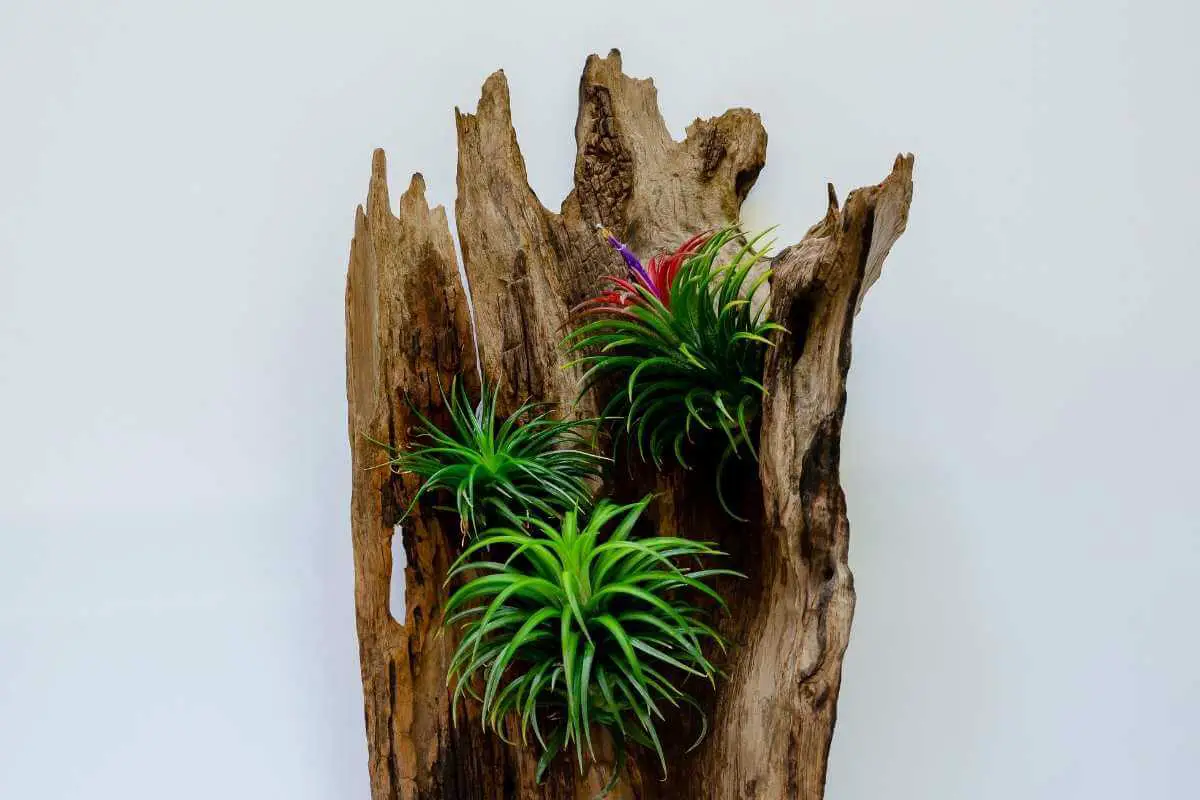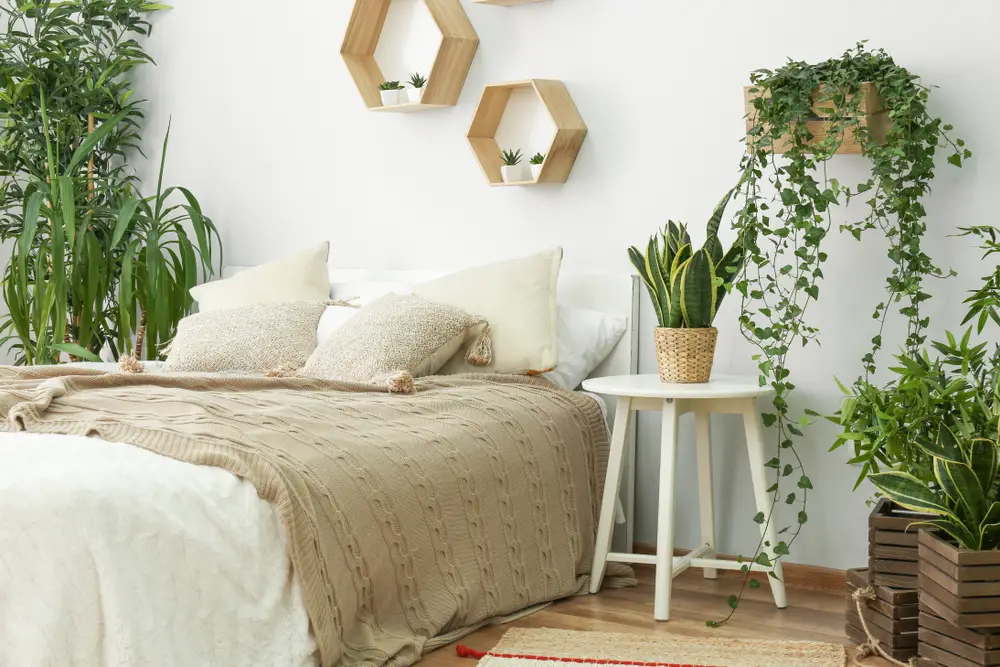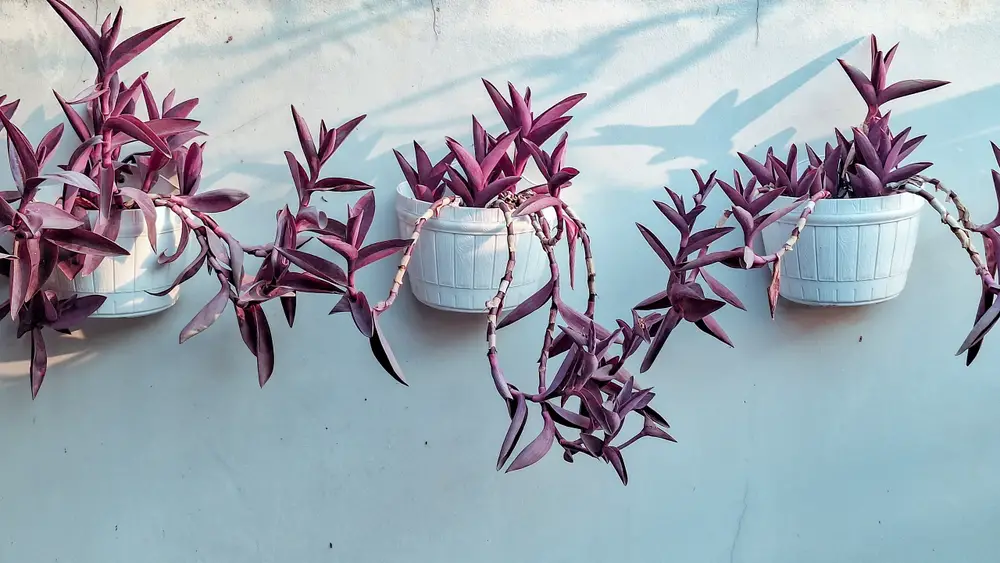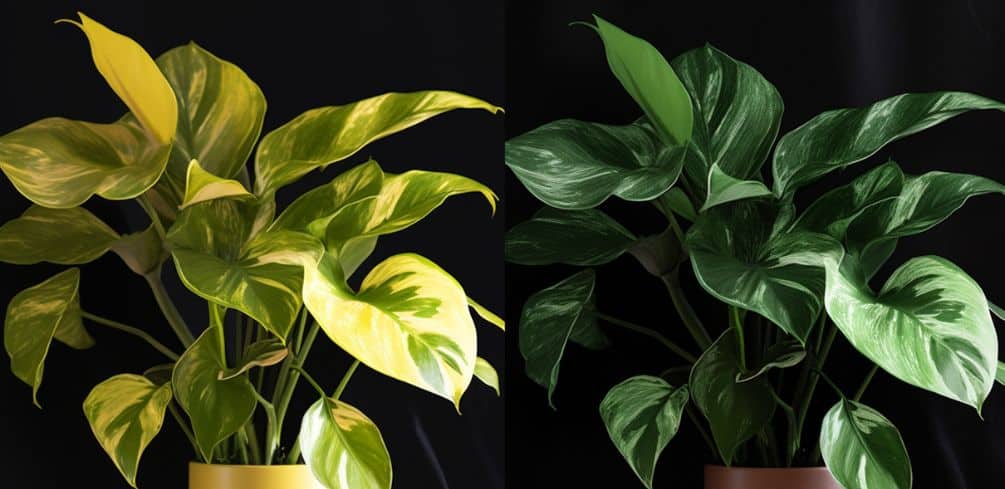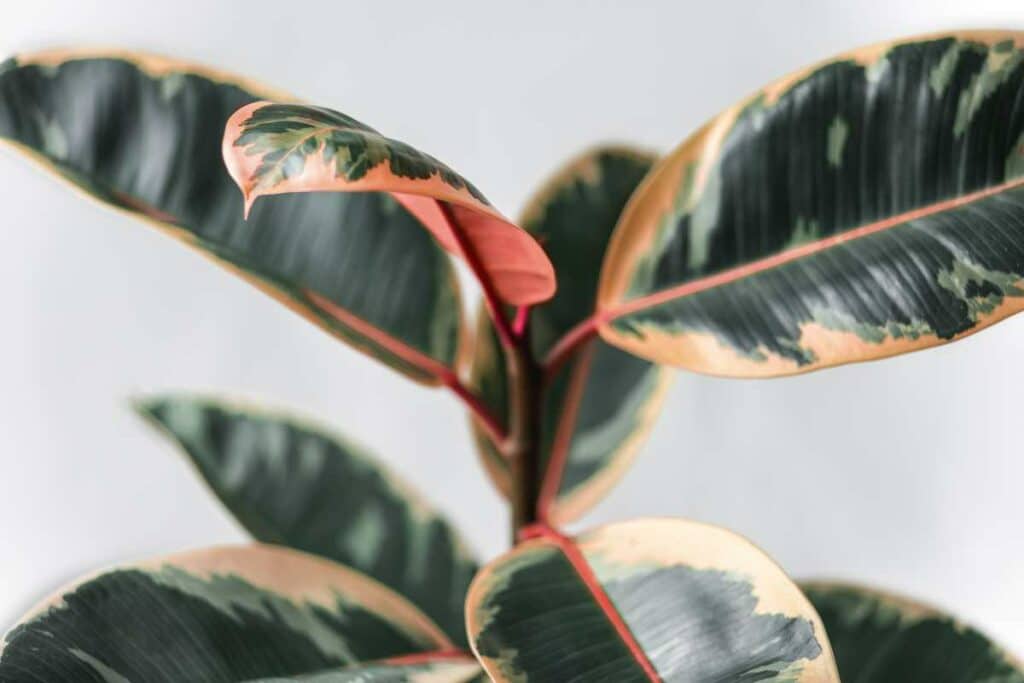Air plants have become prominent houseplants due to their ease of maintenance and the numerous innovative ways they are displayed, including on wood.
These plants are unique in the plant world. However, just because they don’t need a pot of soil doesn’t mean they don’t need care.
Some people love the look that prolonged water exposure can give to wood. Other people, not so much! If the air plant can’t be unmounted from the wood for watering, consider covering the wood, leaving only the air plant exposed for watering.
Every living creature, even air plants, requires enough water intake to survive.
The frequency with which the air plants are watered is determined by factors including:
- humidity
- type of air plant
- current climatic conditions
It also relies on the environment in which the air plants are housed.
Method and Process of Watering Air Plants On Wood
| Method | Process Of Watering |
|---|---|
| Soaking Method | – Use a plastic grocery bag to cover the wood. – Evenly submerge your air plant in water without too much water getting on the wood. – Drain the excess water and remove the plastic bag. – Then dry the wood with a soft cloth. |
| The Dunk Method | – Cover the wood with a plastic grocery bag or cling film. – Fill up a bowl, sink, or container with water. – Dunk the plant multiple times to ensure it’s fully saturated with water. – Dry the plant. – Remove the cling film. |
| Spraying or Spritz method | – Cover the wood – Spray the plant until it’s fully saturated. – Drain excess water – Remove the plastic bag or cling film. – Place plant in indirect sunlight |
| Misting method | – Cover wood – Spray the plant with little moisture – Shake off excess water – Fan to dry the plant – Remove the plastic bag |
Soaking Method
One of the most important aspects of keeping your plants healthy is ensuring that they receive adequate water.
Soaking is the best way to ensure that your plants are getting enough water.
For most air plants, it’s recommended to start with once or twice a week soak for at least 15-20 minutes and see how the plant responds:
- Use a plastic grocery bag to cover the wood for this task, and evenly submerge your air plant in water without too much water getting on the wood.
- Drain the excess water and remove the plastic bag, then dry the wood with a soft cloth.
Theoretically, you could soak your plant daily, as long as the plant can dry out fairly quickly and doesn’t stay wet for prolonged periods.
Luckily most plants/environments won’t need daily soakings, so this is not recommended!
This will help air plants that may become slightly dehydrated to perk back up and gain some hydration.
The soaking method is recommended for green/mesic plants like:
- bracyhcaulous
- capitata
- aeranthos
This method is not is recommended for plants like xerographica and streptophylla.
From Experience: Do not use any polish or other treatment on the wood to which an Air Plant has been mounted. The ingredients in the product could be toxic to the plant!
The Dunk Method
This is an excellent method for plants that need less water, such as the xerographica or streptophylla, which are used to living in drier desert-like conditions.
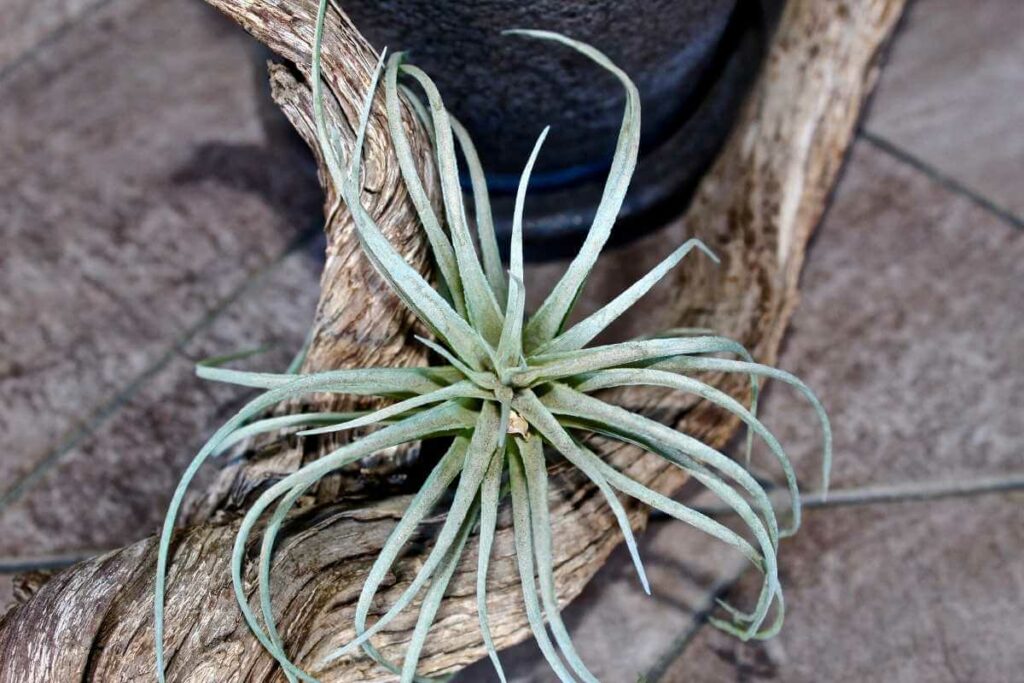
This can also be used for other “xeric” varieties such as the duratii and other plants that prefer less water and more sun.
Here is the process:
- You first need to cover the wood with a plastic grocery bag or cling film.
- Then fill up a bowl, sink, or container with water and dunk the plant multiple times to ensure it’s fully saturated with water. Be careful not to get water into the wood.
- After watering your air plants, the next most crucial step is to dry them properly by placing them on their side or upside down on a dishtowel.
- You can also gently shake excess water from the plant and put it in a well-ventilated area where it will dry out in a few hours.
- Lastly, remove the cling film after the plant has completely dried.
Spraying or Spritz Method
For this method, cover the wood while you spritz the plant.
Spraying your air plants is more like spraying them with a hose or sprayer that fully saturates the plants to the point of water runoff.
The goal is to simulate a nice rain, ensuring the entire plant can get wet and absorb sufficient hydration:
- Make sure that the plant is completely wet and the trichomes on the leaves have absorbed enough water.
- After spritzing the plant, it is essential to let it dry completely, especially if mounted on wood.
- Drain excess water thoroughly by tipping the whole display to drain off or dry it on a towel.
- Remove the plastic bag and gently pat the wood dry, then put the plant in a place where there is indirect sunlight.
The advantage of this method would be the ease of watering many plants. It also allows you to incorporate fertilizers/fungicides when watering.
Nonetheless, the approach still has some shortcomings. For instance, the risk of rot/fungus is increased as you cannot ensure water doesn’t stagnate in the cups of the plant.
If this happens, it will promote fungus growth and eventual rot.
Be Careful: The Air Plant can’t survive with the water from spritzing, so if spritzing is your preferred watering method, you may want to consider a monthly submersion.
Misting Method
Misting is an excellent way to give your plant a little extra moisture if you notice that its leaves are looking a little dry.
Air plants that are mounted will require more frequent misting. Misting twice a week at first is highly recommended. This method is a little similar to spraying; however, it utilizes less moisture.
Here is the process:
- Simply cover the wood and spray the plants with a bit of water.
- Then, shake it off very well to allow excess water to drip off. If you believe that there’s any water underneath, you can use a fan to help dry your air plant and wood. A general rule is that your air plant must dry within 3-4 hours after watering.
For most air plants misting is not recommended as the sole watering method. The plants need to be fully saturated.
Most of the time, misting does not achieve this, as the water droplets are so tiny that they cannot be absorbed into the plant entirely.
Final Thoughts
Watering air plants is essential for their survival.
With a bit of attention and proper watering, you can help your plant live a long and healthy life.
Furthermore, because air plants obtain many nutrients straight from the water, it is crucial for you to provide them with water rich in minerals and nutrients.
As you can see, there are many ways to water your air plants. The method you choose will largely depend on the type of air plant you have and your environment.
Whatever way you use to water it while mounted on wood, make sure to shake off excess water to prevent rot.
Also Useful
- How Much Water Does A Venus Flytrap Need?
- Does Coriander Need a lot Of Water?
- Can You Overwater Parsley? Water Requirements
- Philodendron Care, Varieties, And Aesthetic Home Arrangements
- Best House Plants for Low Light – Thriving Indoors with Minimal Sunlight
- 15 Air-Purifying Houseplants That Release The Most Oxygen
- Purple Houseplants: Your Guide to Dramatic Indoor Beauty
- Philodendron Moonlight Vs. Golden Goddess
- How to Revive Your Rubber Plant: 6 Tips to Help Your Rubber Tree Thrive Again
